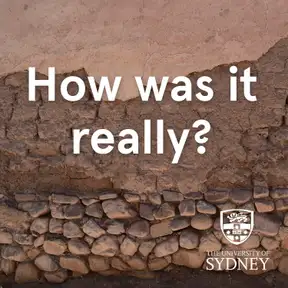The DECIMA Project, based at the University of Toronto, is a mapping tool that allows 21st-century humans to explore the streets and piazzas of Florence as it was in the 16th century. Where did Florentine bakers live and work? What did a Florentine household look like? Did contemporary citizens worry about noise? Was there a red light district, or did the city's sex workers live among the rest of the Florentine population? These are just some of the issues that come up in our conversation with our guest Nick Terpstra, for this episode of HWIR.
About Nick Terpstra - Professor of History at the University of Toronto, Nicholas Terpstra, is one of the world's leading historians of early-modern Italy. His many articles and pathbreaking books explore themes related to gender, politics, charity, religion, civil and uncivil society, and religious refugees. Most recently he has led the DECIMA project that is the subject of his interview for HWIR. An innovative online mapping tool, the DECIMA project brings early modern social realities and relations into view as never before. Find out more about DECIMA: You can learn more about DECIMA, and explore the digital mapping tool of Florence for yourself, by clicking on this link: https://decima-map.net/
About Nick Terpstra - Professor of History at the University of Toronto, Nicholas Terpstra, is one of the world's leading historians of early-modern Italy. His many articles and pathbreaking books explore themes related to gender, politics, charity, religion, civil and uncivil society, and religious refugees. Most recently he has led the DECIMA project that is the subject of his interview for HWIR. An innovative online mapping tool, the DECIMA project brings early modern social realities and relations into view as never before. Find out more about DECIMA: You can learn more about DECIMA, and explore the digital mapping tool of Florence for yourself, by clicking on this link: https://decima-map.net/




